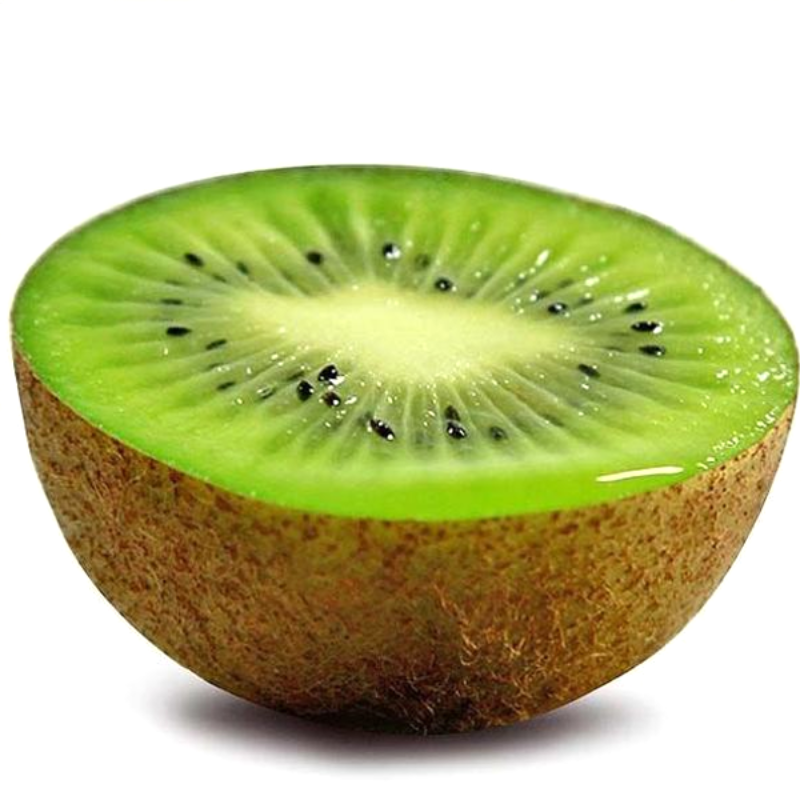- Species and varieties: Kiwi fruit (Actinidia deliciosa) is a species of woody vine in the Actinidiaceae family. There are several varieties of kiwi, including the common fuzzy kiwi (Actinidia deliciosa) and the hardy kiwi (Actinidia arguta), which is smaller and smooth-skinned.
- Hybrid or heirloom: Kiwi fruit seeds can be both hybrid and heirloom. Heirloom varieties are often prized for their unique flavors and historical significance, while hybrid varieties may be bred for improved disease resistance, yield, or other desirable traits.
- Pruning and training: Kiwi vines require regular pruning and training to maintain their shape and encourage fruit production. Pruning should be done in late winter or early spring before new growth begins. Training the vines on a trellis or support structure helps manage their vigorous growth and improves air circulation.
- Fertilization needs: Kiwi plants benefit from regular fertilization. A balanced fertilizer with equal parts nitrogen, phosphorus, and potassium is recommended. Fertilize in early spring and again in mid-summer. Organic compost or well-rotted manure can also be used to enrich the soil.
- Hardiness zones: Kiwi plants are generally suitable for USDA hardiness zones 7-9. Hardy kiwi varieties can tolerate colder climates and may be grown in zones 5-9.
- Climate requirements: Kiwi plants thrive in a temperate climate with warm summers and mild winters. They require a long growing season and are sensitive to late spring frosts. Adequate rainfall or irrigation is necessary, especially during the growing season.








